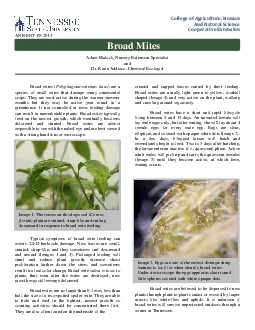

Image 1Cornus florida plant are stunted straplike and curling downward in response to broad mite feedingfeares to look for whenidentify broad mites Under a microscope the eggs appear as clear round li ID: 871484
Download Pdf The PPT/PDF document "The leaves on this dogwood" is the property of its rightful owner. Permission is granted to download and print the materials on this web site for personal, non-commercial use only, and to display it on your personal computer provided you do not modify the materials and that you retain all copyright notices contained in the materials. By downloading content from our website, you accept the terms of this agreement.
1 Image 1. The leaves on this dogwood (
Image 1. The leaves on this dogwood ( Cornus florida) plant are stunted, straplike and curling downward in response to broad mite feeding. feares to look for whenidentify broad mites. Under a microscope the eggs appear as clear round little spheres covered with white opaque dots. College of Agriculture, HumanAnd Natural ScienceCooperative ExtensionENTBroadmites ( Broad Mites Adam Blalock, Nursery Extension Specialist and Dr. Karla Addesso, Chemical Ecologist Image 3. Broad mite feeding damage on this Clethra sp. plant has resulted in small, stunted and cuppedshaped leaves that are slightly darker than the older unaffected leaves below. Image 5 . An adult male broad mite is carrying a quiescent female. He may carry her to a new plant and begin a new generation. Image 4 . Adult broad mites are typically light green to yellow, football shapedand 0.2 mm or less It is critical to control broad mites as quickly as possible. Their rapid lifecycle allows populations to build up quickly and infest adjacent plants. Control can be achieved through applications of selected miticides labeled for broad mites (Table 1). Many miticides that work on the more common twospotted and spruce spider mitesprovide little or no control forbroad mites. Rotating chemical classes or modes of action is always wise, but this is especially important for broad mites because of their rapid lifecycle. Their
2 ability to have multiple generations pe
ability to have multiple generations per year allows populations to quickly develop miticide resistance.Table 1. Selected miticides labeled for use on broad mites. Miticide MOA 1 Egg Kill Adult Kill Notes A kari 5SC 21 No Yes Chemical must contact mites. Avid 0.15 EC 6 No Yes May be phytotoxic to ferns and Shasta Daisy. Dormant Oil M Yes Yes Complete coverage essential . Judo 4F 23 Yes Yes May be phytotoxic to Hydrangeas and others . Magus 18.79 SC 21 Yes Yes Do not apply to roses. Pylon 2L 13 No Yes May be phyototoxicto roses and others . SanMite 75 WSB 21 No Yes Sirocco SC 6+25 Yes Yes Summer Oil M Yes Yes Complete coverage essential. Triact 70 M Y es Yes Active ingrediant is a neem oil extract. MOA: Mode of Action. http://www.tnstate.edu/faculty/ablalock/documents/Insecticide%20MOA.pdf TSU - 14 - 0067 (A) – 15 - 61065 – Tennessee State University is an AA/EEO employer and does not discriminate on the basis of race, color, national origin, sex, disability or age in its program and activities. The following person has been designated to handle inquiries regarding the nondiscrimination policies: Ms. Tiffany BakerCox, director of Equal Opportunity and AffirmativeAction, 3500 John A. Merritt Boulevard, Nashville, TN 37209, (615) 9637435.